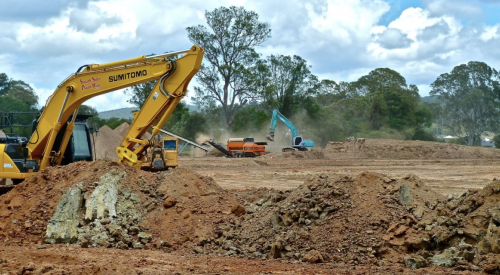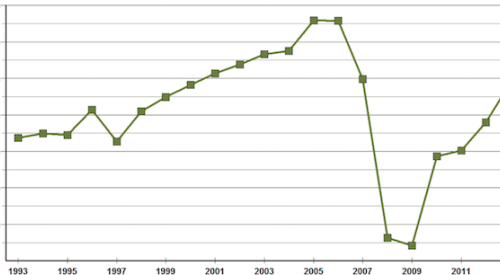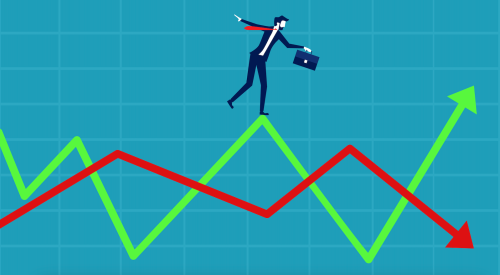 |
|
Chuck Shinn, President, Lee Evans Group
cshinn@ leeevansgroup.com |
High gross profit is the first critical step to reaching high net profit. Our most recent study of 94 client builders' financial results for 2003 proves the strong correlation between gross and net (as shown in the chart below). Builders of varying sizes, from all parts of the country, participated in this Builder Financial Study. They had an average gross profit of 26.36% and generated an average net profit of 9.31%. But the most profitable companies, the nearly 19 percent of the study that beat our target of 30% for gross profit, averaged almost 15% net profit.
Good gross profit is the first line of defense protecting your bottom line. You can't get a good net without a strong gross. But the reverse doesn't necessarily hold. A strong gross doesn't necessarily assure a high net, if you lose control of indirect construction costs, sales and marketing, financing and/or general and administrative costs.
Our target of 30% for gross profit requires that cost of sales be maintained at 70% of the selling price of the product. "Cost of sales" is an accounting term. In direct costing methodology (which is what we use), it is limited to materials and labor that become part of the product. For home builders, that means the lot on which the house rests, and all the direct construction costs that go into building it.
When we organize the companies in the Builder Financial Study into quartiles according to profitability, the strong correlation of gross and net profit becomes very clear (see chart). The lowest-profit quartile had an average of 19.20% gross profit and an average 2003 net profit of 5.04%. The second quartile had an average gross profit of 23.70% and an average net of 5.63%. The correlation holds with the top two quartiles as well: a 26.67% gross yields a 9.33% net and the strongest quartile racked up an average net of 13.15% off the boost it got from an average gross of 32.64%.
We can see from these numbers just how critical it is to control the cost of land and direct construction costs. As we have shown in past articles, land purchase price and development costs doom many builders to miss a 30 percent gross profit before construction even begins. If the finished lot cost represents 30 percent of the home's sale price, direct construction costs have to be held under 40 percent of the sale price to reach a 30 percent gross margin. But if you spend that much on the lot, how likely is it that you'll be able to build a house that will sell, on that high-priced lot, for hard costs representing less than 50 percent of the sale price?
Remember, direct construction costs include all the fees, materials and labor that go into the home, but not construction supervision, general labor, financing and sales commissions. These latter expenses are coded into our accounting methods, to indirect construction costs, sales and marketing expenses, and financing expenses.
Direct construction costs are the hardest to control, but have the greatest impact on profitability. They are variable, so controlling them increases the marginal rate of profitability. For example, let's look at the profit impact in a community with 100 houses: If the builder can reduce each cost code by $10, and each house has 100 direct construction cost codes, net profit at the completion of the project would increase by $100,000 ($1,000 per house on 100 houses).
That's why direct construction costs are so important, and why we constantly nag builders to monitor, control and reduce direct costs on all fronts, all the time. Savings go right to the bottom line.
Stay away from bad land deals. Avoid building low gross-profit-producing houses and communities. Continually analyze specification levels and reduce them through value engineering whenever possible. Work on the efficiency of your production processes. Reduce variances whenever and wherever you find them. Improve your estimating and purchasing methods. It's not that indirect construction costs, marketing, financing and G&A expenses are unimportant. But the costs that are directly in the product are the most crucial to gross profit.
And you can't get to that 12 percent net profit target without hitting a 30 percent gross. It just can't be done.
Next issue, we will take a look at operating expenses — indirect construction costs, financing, sales and marketing, general and administrative expenses — to see just how much impact they had on builders in our profitability study. These will bite you if you don't watch out!
|













